Budget-friendly models from Eero, Nest, and other brands improve your home WiFi network without straining your wallet
Mesh routers use multiple units to eliminate WiFi dead spots.
By Nicholas De Leon
Bratton McGregor was tired of dealing with crummy WiFi.
A small-business owner who lives just outside Mobile, Ala., McGregor merely wanted to stream Netflix and play the occasional video game on the family iPad. But it wasn’t until he upgraded to a mesh router that he was able to do so.
“Mesh has been a lifesaver for my entire house,” he says. “I would have spent the money on it years ago if I knew about it.”
Mesh systems use several router units (often sold in packs of two or three) that wirelessly work together to spread WiFi deeper and more evenly through your home than a traditional single-unit router.
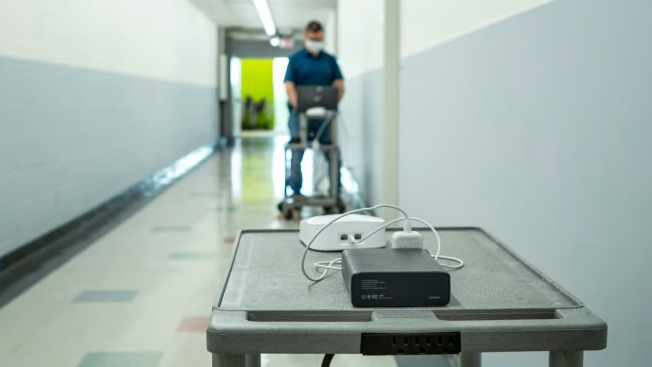
CR tests routers in our labs (and very long hallways) in Yonkers, N.Y.
Photo: John Walsh/Consumer Reports
The base station plugs directly into the modem that connects your home to the internet. The other units, referred to as satellites or beacons, can be shifted around until you find a setup that eliminates the dead spots, say, in your bedroom or home office.
You can always add more satellites as needed.
“Mesh is pretty close to the magic bullet,” says Richard Fisco, who oversees electronics testing for Consumer Reports.
Of course, all sorts of things can have an impact on your wireless router’s performance, from the materials used in the construction of your home (metal pipes and plaster can interfere with a WiFi signal) to the presence of large appliances or even a fish tank (water is a hindrance, too). But with well-placed mesh router units, you can often direct the signal over or around such obstacles.
Mesh routers are usually more expensive than their nonmesh counterparts, but you can now find models rated highly by our testers for well under $250.
Want to spend even less money? A WiFi extender may be useful in some situations, especially if you’re dealing with only one pesky dead spot in your home. Those can cost $50 or less.
So if you’re tired of pulling your hair out because your Zoom calls keep dropping or because you can’t watch “The Last of Us” on HBO Max without annoying buffering, these budget-friendly mesh routers may be a good option.
Linksys AX3200
It’s hard to find fault with this two-pack from Linksys. It scores well in most of our tests, including speed at various distances, and has a huge number of built-in Ethernet ports (eight, to be specific) to physically connect devices like game consoles that may benefit from a wired connection. Pretty good for around $200.
What’s also noteworthy is the model’s support for WiFi 6, which delivers better performance as you add more and more devices to the network. It wasn’t long ago that if you wanted a mesh router at this price, you were looking at an older WiFi 5 model.
Linksys AX3200 E8452 (2-pack)
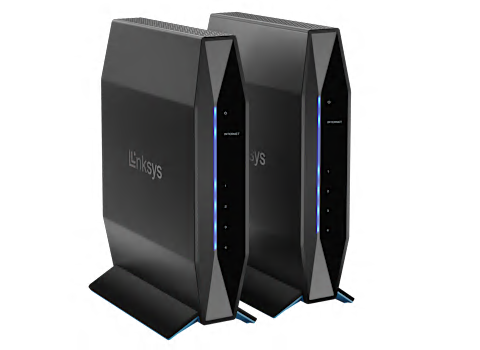
Netgear Orbi AC1200
Speaking of low-cost WiFi 5 models, this Netgear Orbi performs well in most of our tests while selling at just under $90. That’s for a three-pack, too, which is great for larger homes.
What, if anything, are you giving up? Port selection is the main thing. There’s only one Ethernet port and zero USB ports, which may make adding devices like a smart home bridge or shared network printer a little more challenging.
This Netgear Nighthawk, available for around $120, is also worth considering. That extra $30 gets you WiFi 6, but you lose one satellite unit in the process.
Netgear Orbi AC1200 RBK13 (3-Pack)
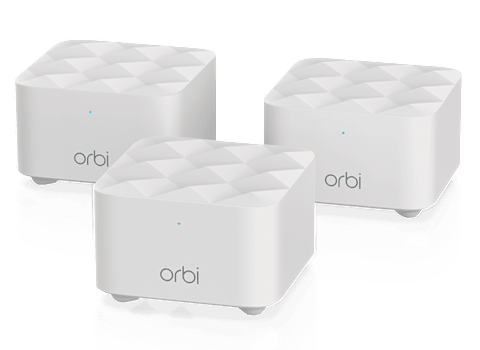
Nest WiFi
Nest’s parent company, Google, makes three mesh routers: an entry-level Google WiFi model; a mid-tier Nest WiFi model; and a higher-end Nest WiFi Pro model. We’re giving the nod here to the Nest WiFi because it scores quite well (much better than the Google WiFi model) and can be had for around $140.
A WiFi 5 model, Nest WiFi earns solid scores. The throughput (speed) at near and midrange distances is quite good and, at far distances, it’s second to none. So arrange your beacons accordingly. The device offers automatic firmware updating as well as an app-based setup. It has two Ethernet ports for connecting external peripherals but no USB ports.
Google Nest Wifi (3-pack)

TP-Link Deco W6000 AX3000
This two-pack is another smart choice if you’re looking for strong WiFi performance for less than $200.
It aces all three of our distance tests, so there’s a good chance you’ll have a strong and reliable WiFi signal throughout your home, assuming there are no major structural impediments. Initial setup is handled by an easy-to-use mobile app, and once you’re up and running, automatic firmware updates will help protect you and your data from hackers and other security threats.
Add to this TP-Link’s support for WiFi 6, which should ensure that your future smartphones, tablets, TVs, and the like have the fastest connection possible, and you have a compelling package, especially for the price.
TP-Link Deco W6000 AX3000 (2-pack)

Eero 6+
Amazon-owned Eero helped popularize the very idea of mesh networking, so it’s no surprise to see one of the brand’s many models featured here.
The Eero 6+ was released in the spring of 2022 and supports WiFi 6. A three-pack is available for around $240, though we’ve seen it dip down closer to $200 during sales.
So what are we looking at here? Throughput (speed) across all three distances was right on the money. You can set everything up with a smartphone app, and there’s automatic firmware updating.
Each unit has two built-in Gigabit Ethernet ports.
If you want to spend even less, you might consider the older, WiFi 5-based Eero Home, which similarly scored well but can be found for around $170.
eero 6+ AX3000 R010211 (2-pack)
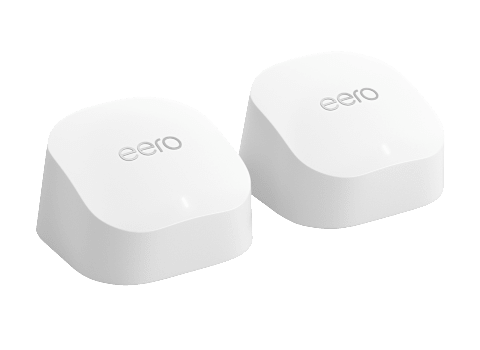
Consumer Reports is an independent, nonprofit organization that works side by side with consumers to create a fairer, safer, and healthier world. CR does not endorse products or services, and does not accept advertising. Copyright © 2023, Consumer Reports, Inc.
Did you find this post useful? Let us know by pinning us!
